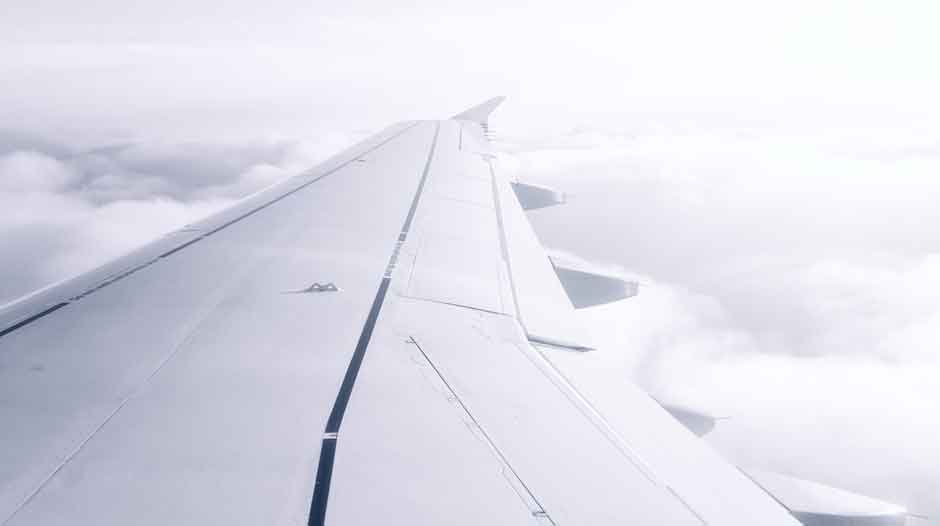Flying by plane has become an important part of a fast-paced world, bringing people and things together over long distances. The most crucial thing is to guarantee the dependability and safety of these aircraft. Precise planning, advanced technology, and knowledgeable personnel work together to provide trouble-free aircraft flights. This post will discuss six essential techniques that keep airplanes operating without problems.
1. Regular Maintenance and Inspections
Precision is especially important in the aviation business. The key to keeping an airplane in perfect condition is routine maintenance and inspections. These tests include thorough inspections of every part, from the engines to the landing gear, in addition to visual assessments.
Regular inspections are performed on aircraft, covering the fuselage, avionics, hydraulic systems, and control surfaces. Frequent maintenance guarantees that any possible problems are found and fixed before they can develop into more serious ones.
2. Advanced Diagnostic Tools
Advanced diagnostic instruments are used on aircraft to maintain their airworthiness. The way maintenance is performed has been completely transformed by these tools. They make it possible for professionals to find even the smallest irregularities that can elude visual scrutiny.
Contemporary diagnostic tools, like eddy current testing, ultrasonic testing, and non-destructive testing (NDT) techniques, offer important information on the structural soundness of different aircraft parts. These methods are essential for identifying concealed flaws that can jeopardize flight safety. As a result, any problems are avoided, and aircraft flights continue without incident.
3. Stringent Regulations and Compliance
Aviation authorities worldwide enforce stringent restrictions and standards on the aviation industry. The purpose of these rules is to guarantee aircraft dependability and safety. Following these guidelines is required; it is not an option. There are harsh penalties for breaking these rules, including having your aircraft grounded.
Aircraft maintenance stands are made to exact specifications in accordance with aviation safety regulations, guaranteeing that they satisfy the essential standards for quality and safety for both maintenance staff and aircraft. To put it simply, strict rules, when followed, contribute to keeping airplane travel trouble-free.
4. Ongoing Training and Skill Enhancement
New aircraft designs and technology are always being developed, and the aviation industry is always changing. Maintenance staff and flight crews participate in intense training and skill development programs to stay up to date with these improvements.
For example, in order to remain current with the newest models and technological advancements in aircraft, airplane maintenance specialists undergo constant training. Their experience and knowledge are essential for identifying and resolving any problems that can jeopardize flight safety. Frequent training and skill development guarantee the highest standards of aircraft maintenance, which results in trouble-free flights.
5. Use of Quality Materials and Components
To ensure trouble-free flights, one of the most important factors in airplane design is the quality of the materials and components utilized. Poor materials can cause early wear and tear, which can compromise the aircraft’s overall performance and safety.
High-quality materials and components are carefully sourced and used by aircraft manufacturers and maintenance teams. These parts have undergone extensive testing and selection in order to satisfy the demanding standards of the aviation sector. Premium materials are used to ensure that aircraft are robust and dependable for the duration of their operating lives.
6. Environmental Factors and Weather Monitoring
The weather and environmental conditions are two often overlooked factors that are crucial to the trouble-free operation of airplanes. Unpredictable weather patterns can cause problems for airplanes, possibly resulting in unsafe or delayed conditions. There are sophisticated weather monitoring systems in place to reduce these dangers.
Weather data is regularly tracked to make sure flights can continue without running into bad weather. Pilots are able to make well-informed decisions and modify their routes by having access to real-time weather pattern updates. Passengers can now travel without incident thanks to the addition of sophisticated weather radar and communication systems, which have significantly improved the ability to avoid weather-related barriers.
Conclusion
Aircraft that operate without incident are the product of careful planning, thorough maintenance, strict adherence to laws, and the use of cutting-edge technology. The safe and dependable operation of airplanes is facilitated by a number of factors, including high-quality materials, weather monitoring, strict rules, sophisticated diagnostic instruments, routine maintenance and inspections, and continuous training. The aviation industry aims to make every trip a pleasant and uneventful experience for both crew and passengers by combining all of these components. It remains one of the safest forms of transportation in the world in this sense.






